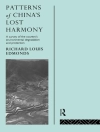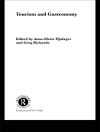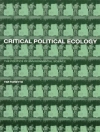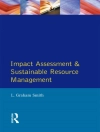This book considers the meaning of the term, considers the value and characteristics of Google Earth, and discusses the main driving forces of landscape change. Google Earth provides a means whereby one can identify changes in the landscapes of Earth over recent decades. This has been a time of great human activity, and landscapes have been transformed as a result of such factors as land use and land-cover change, climate change, the intensive harnessing of new energy sources, population pressures, and globalization. Many geologists now believe that the whole Earth System is being changed and that there is thus a need to introduce the concept of the Anthropocene. It then looks at specific landscape types, including rivers, coasts, lakes, deserts, tundra, and glaciers.
قائمة المحتويات
1 Introduction.- 2 Driving Forces.- 3 Humanly-Made landforms.- 4 Rivers.- 5 The Cryosphere (Glacial and periglacial landscapes).- 6 Coasts.- 7 Lakes.- 8 Ground Subsidence.- 9 Water Erosion and Mass Movements.- 10 Aeolian Anthropocene.- 11 Stage 3 of the Anthropocene – Stewardship.
عن المؤلف
Andrew Goudie, Ph.D., D.Sc., Emeritus Professor of Geography at the University of Oxford, a former Pro-Vice Chancellor, Honorary Fellow of Hertford College, and the former Master of St. Cross College, is Geomorphologist who led the Kimberley Research Project in 1988. He is a recipient of a Royal Medal from the Royal Geographical Society, the Mungo Park Medal of the Royal Scottish Geographical Society, and the Farouk El-Baz Award of the Geological Society of America. He is Fellow of the British Society of Geomorphologists. He has been Chair of the British Geomorphological Research Group, President of the Geographical Association, and President of the International Association of Geomorphologists. He has written extensively on the human impact and the Anthropocene.












